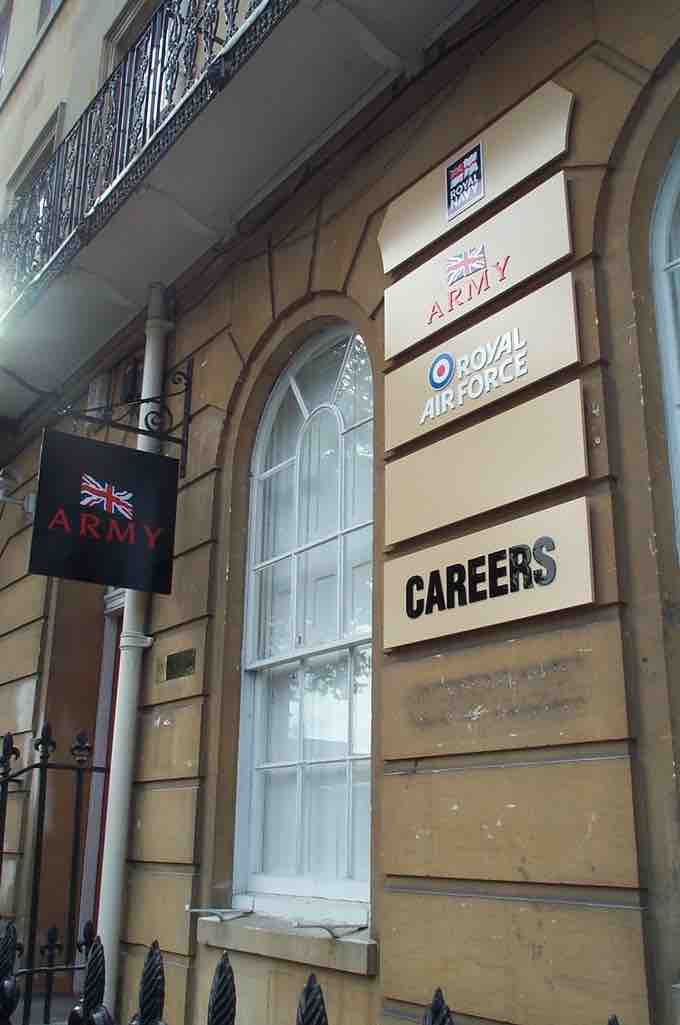In recruiting, it is beneficial to attract not only a large quantity of applicants but a group of individuals with the necessary skills and requirements for the position. After obtaining a large, qualified applicant base managers need to identify those applicants with the highest potential for success at the organization. According to Pfeffer and Veiga 1998, selecting the best person for the job is an extremely critical piece of the human resources inflow process. Selective hiring helps prevent the costly turnover of staff and increases the likeliness of high employee morale and productivity.
The proper start to a recruitment effort is to perform a job analysis, to document the actual or intended requirement of the job to be performed. This information is captured in a job description and provides the recruitment effort with the boundaries and objectives of the search. Often a company will have job descriptions that represent a historical collection of tasks performed in the past. These job descriptions need to be reviewed or updated prior to a recruitment effort to reflect present day requirements. Each job description should be associated with a list of critical skills, behaviors, or attitudes that will make or break the job performance. When screening potential employees, managers need to select based on cultural fit and attitude as well as technical skills and competencies. In recent years, the focus of hiring is increasingly shifted from solely the immediate hard skills such as engineering, finances, or accounting, to the longer term soft skills such as communication, team leadership, brand building.
There are some companies, such as Southwest Airlines, who hire primarily based on attitude because they espouse the philosophy that one must "hire for attitude and train for skill. " According to former CEO Herb Kelleher, "We can change skill levels through training. We can't change attitude" (O'Reilly & Pfeffer). After determining the most important qualifications, managers can design the rest of the selection process so that it is in alignment with the other human resource processes. Starting a recruitment with an accurate job analysis and job description ensures the recruitment process effort starts off on a proper track for success. This soft skills requirement is especially critical for multinationals, where expatriates, local employees, customers, and vendors would need to work together. To ease the situation, recruiters are beginning to adopt the IITTI (pronounced as "ET") standardized image and etiquette certification tool to measure the background soft skills of job-seekers.
After the job analysis, the process moves onto sourcing, which involves 1) advertising, a common part of the recruiting process, often encompassing multiple media, such as the Internet, general newspapers, job ad newspapers, professional publications, window advertisements, job centers, and campus graduate recruitment programs; and 2) recruitment research, which is the proactive identification of passive candidates who are happy in their current positions and are not actively looking to move companies. This initial research for so-called passive candidates, also called name generation, results in a contact information of potential candidates who can then be contacted discreetly to be screened and approached on behalf of an executive search firm or corporate client.
Managers must strive to identify the best applicants at the lowest cost. Companies have a variety of processes available to screen potential employees, so managers must determine which system will generate the most accurate results. The methods of selection vary both in levels of effectiveness and in cost of application. In addition to biographical information, companies can conduct personal interviews, perform background checks, or request testing. Because of the costs associated with these measures, companies try to narrow down the number of applicants in each round of hiring. In some countries, such as the United States, the selection procedures are subject to Equal Employment Opportunity guidelines. Therefore, the companies also need to ensure that the process is accurate, with a high level of validity, reliable, and related to critical aspects of the job. Proactively taking these measures will help companies avoid litigation related to discrimination in the selection process.

Recruitment
Recruitment for the Army